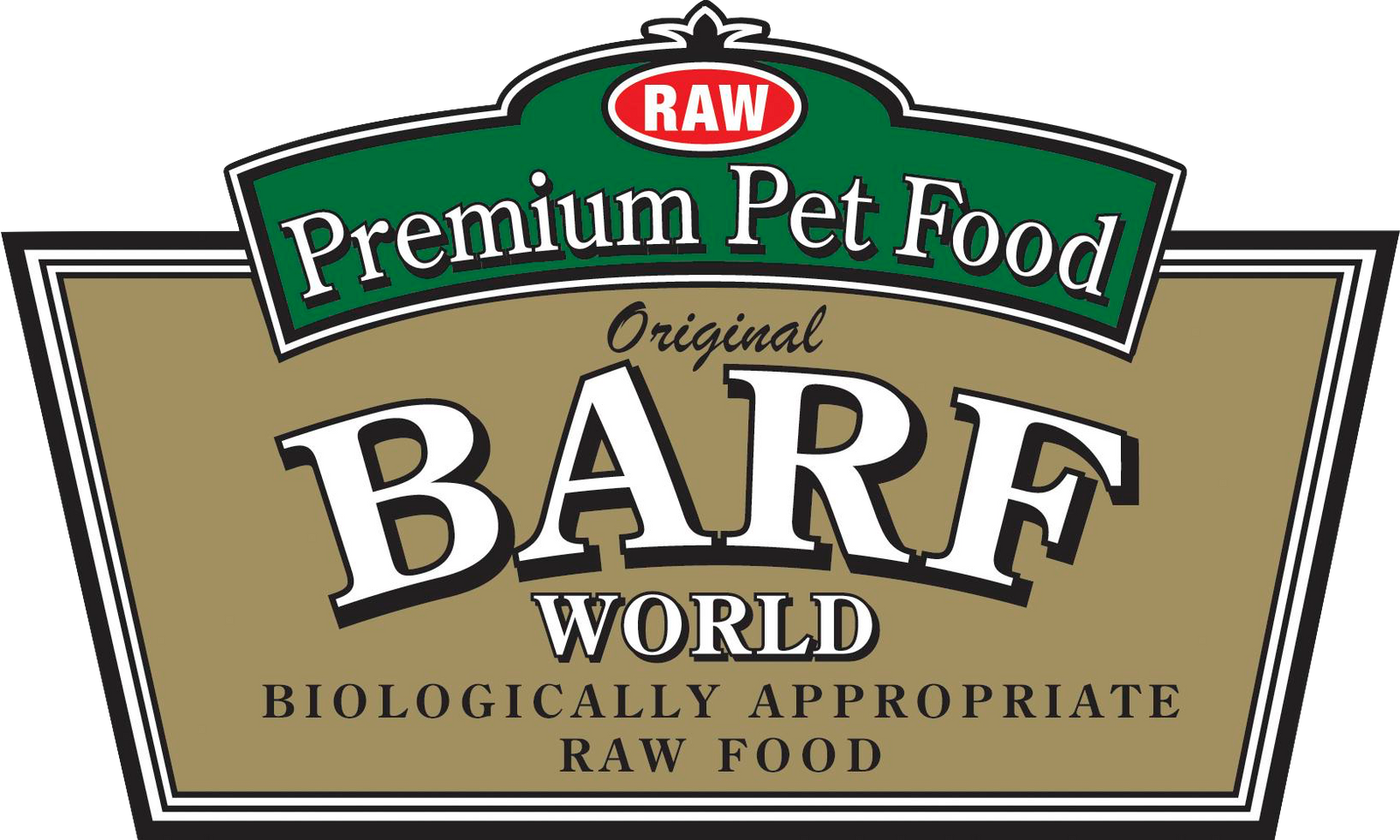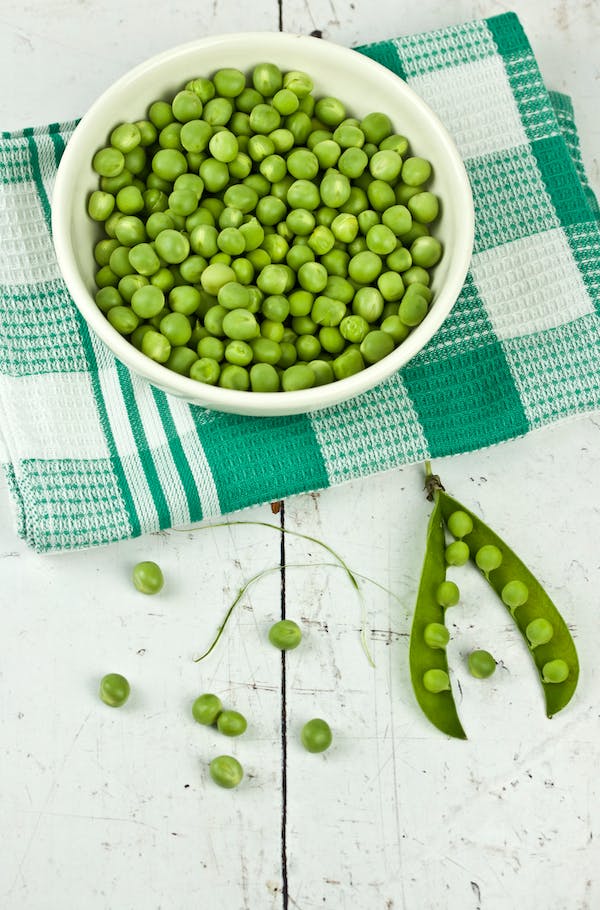According to industry experts, pea fiber is increasingly used in place of beet pulp and wheat, corn and soy fibers in pet foods – apparently to answer consumer demand for dog and cat food formulas with fewer cheap fillers. Let’s take a closer look at this latest peculiar entry in the pet food ingredient follies.
Pea Fiber 101
There are two types of pea fiber available on the market — one is derived from a dry process; the other from a wet process.
In the dry process, the seed coats and hulls are separated from the seed as part of the normal operation of cleaning the peas.
In the wet process, the pea starch is separated from fiber.
The seeds are ground, and then water is added to decant the fibers.
The pea fiber resulting from the dry process has a higher concentration of dietary fiber (over 85 percent) and is rich in xylose sugar.
The pea fiber produced from the wet process contains about 65 percent dietary fiber and is rich in three other sugars.
Both types of pea fiber contain more than 75 percent insoluble fiber and from 5 to 25 percent soluble fiber.
When pea fiber is compared to other, comparable fibers, it performs about the same, except that it doesn’t seem to produce as much gas as other vegetable fibers.
Pea fiber is very low in fat and high in crude fiber (35 to 40 percent). This makes it a perfect ingredient to lower the calorie content of those ‘low fat’ and ‘weight management’ pet foods I NEVER recommend for overweight dogs and cats.
Pea fiber doesn’t have much protein — and what little it does have is vegetable protein, not the animal protein your pet’s body requires — but it’s high in lysine and also contains tryptophan.





